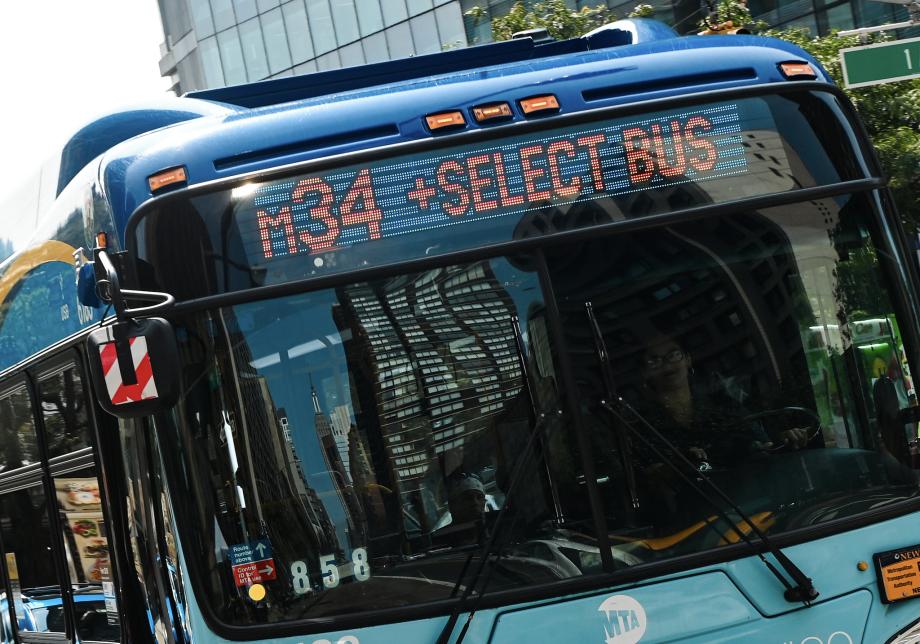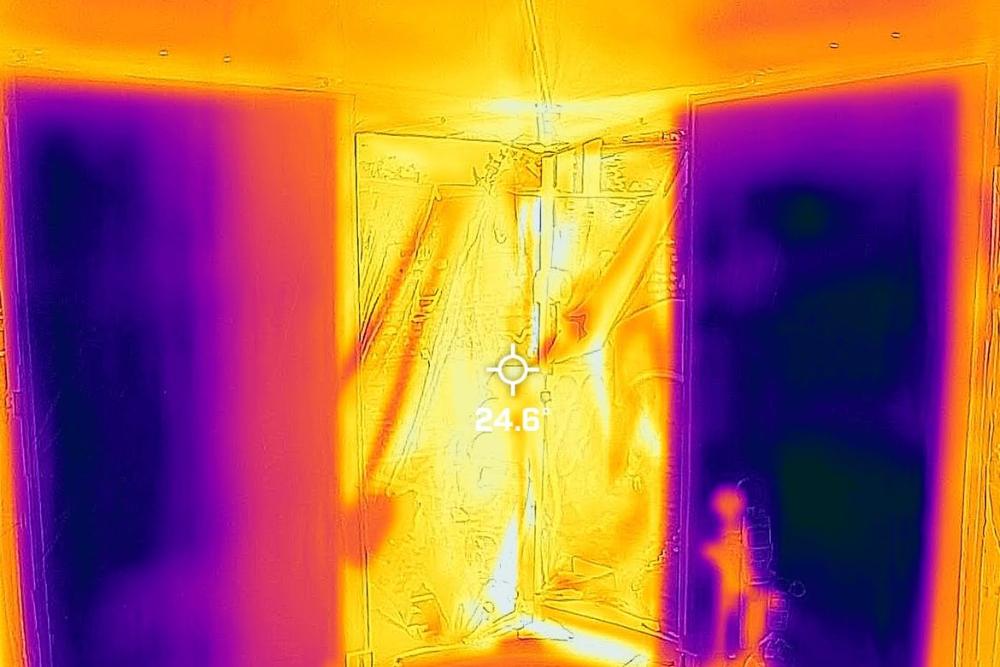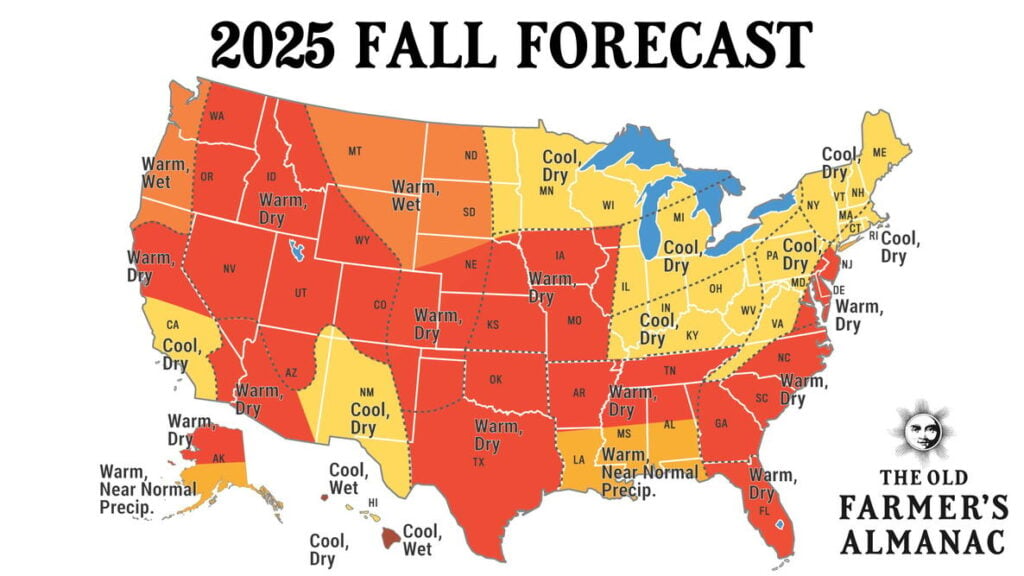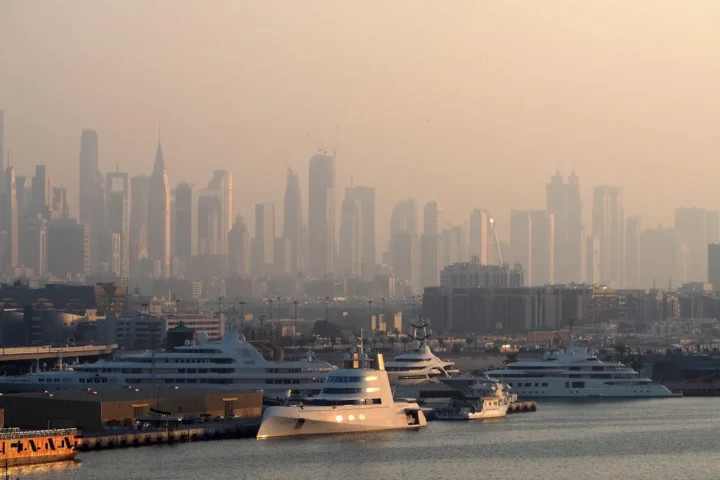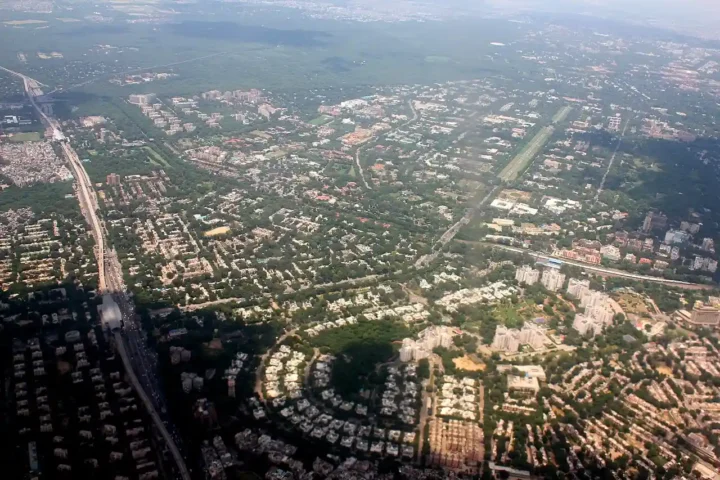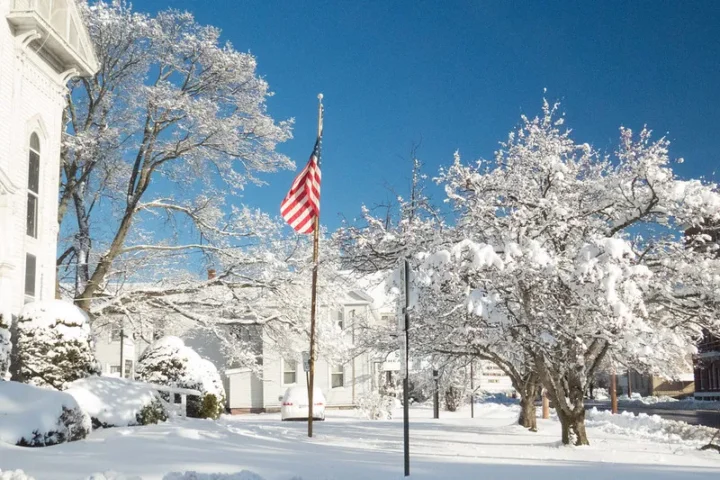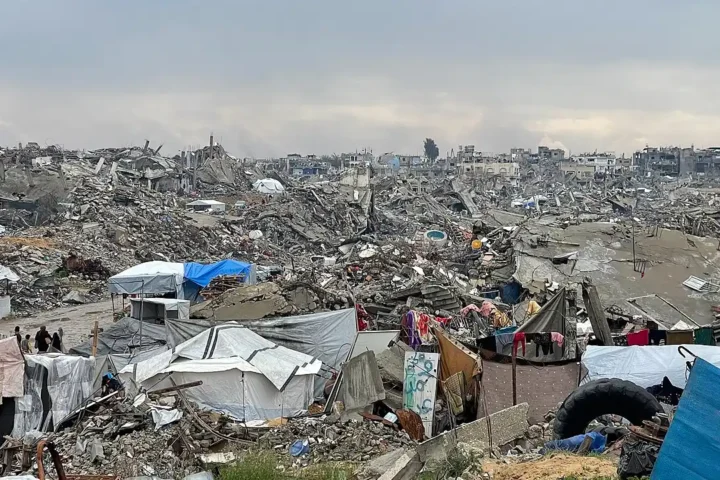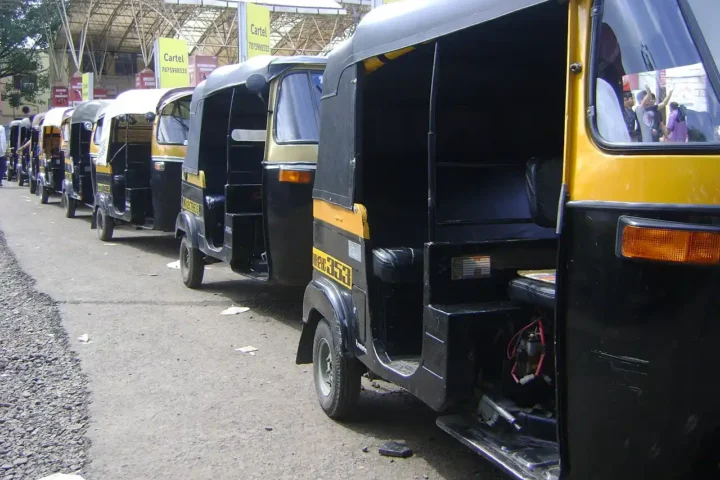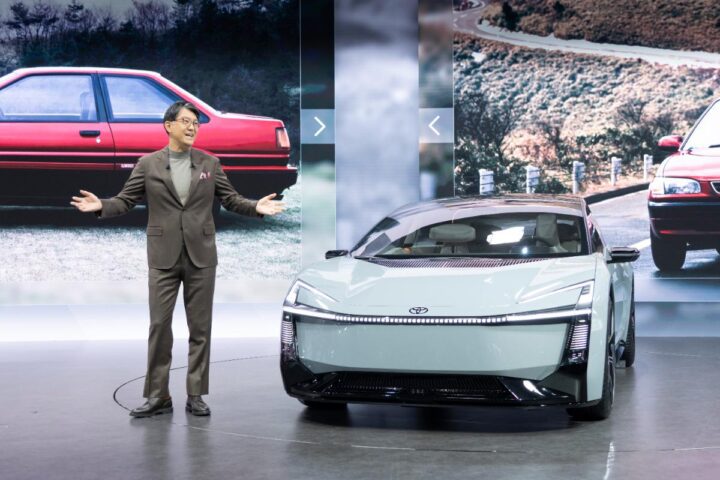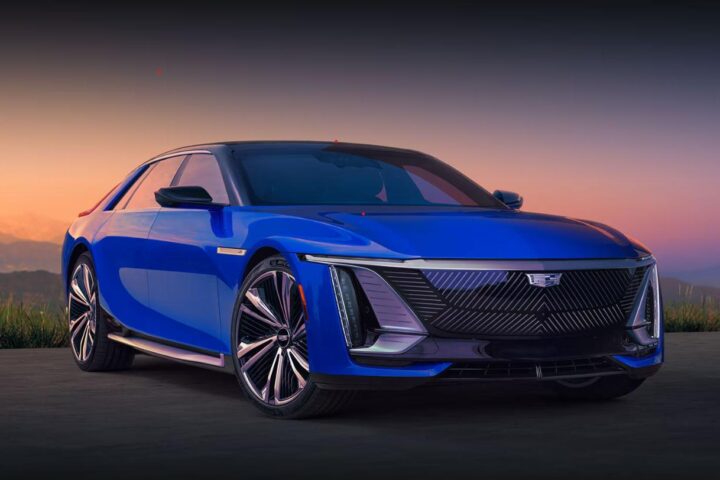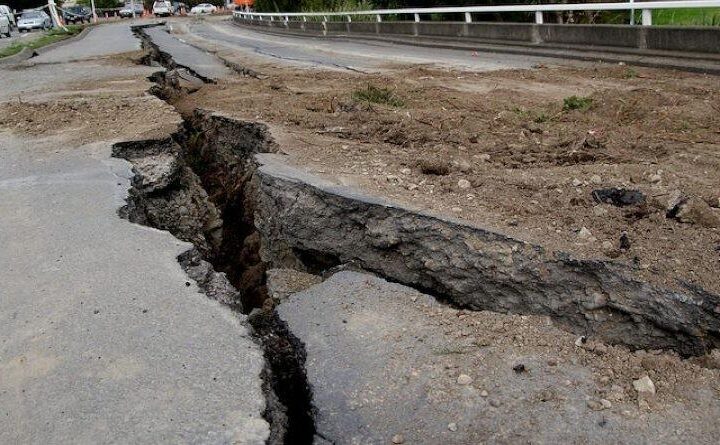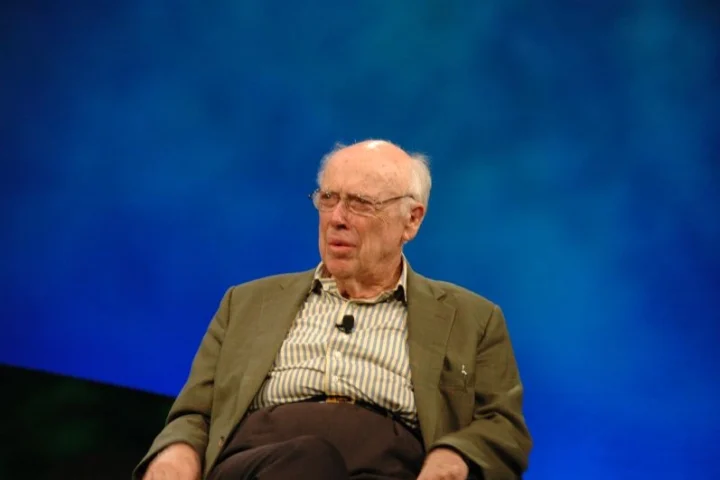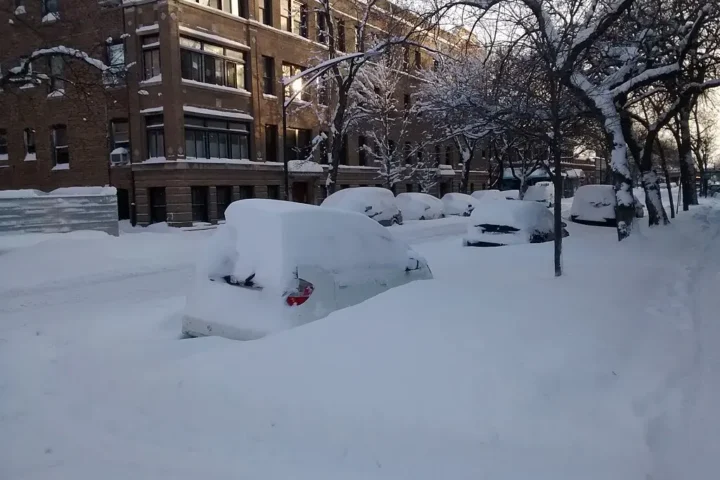The Metropolitan Transportation Authority (MTA) will start issuing fines on three additional bus routes beginning Saturday, July 26. Cameras on the M100, M42, and Bx5 routes will now catch and ticket vehicles that improperly use bus lanes, block bus stops, or double park illegally.
Fines begin at $50 for first-time offenders and increase to $250 for those who repeatedly break the rules. These three routes join 39 others already using the technology across New York City.
“Automated bus lane enforcement has proven to change driver behavior and keep our bus lanes clear,” said DOT Commissioner Ydanis Rodríguez, connecting the program directly to the city’s Vision Zero safety goals.
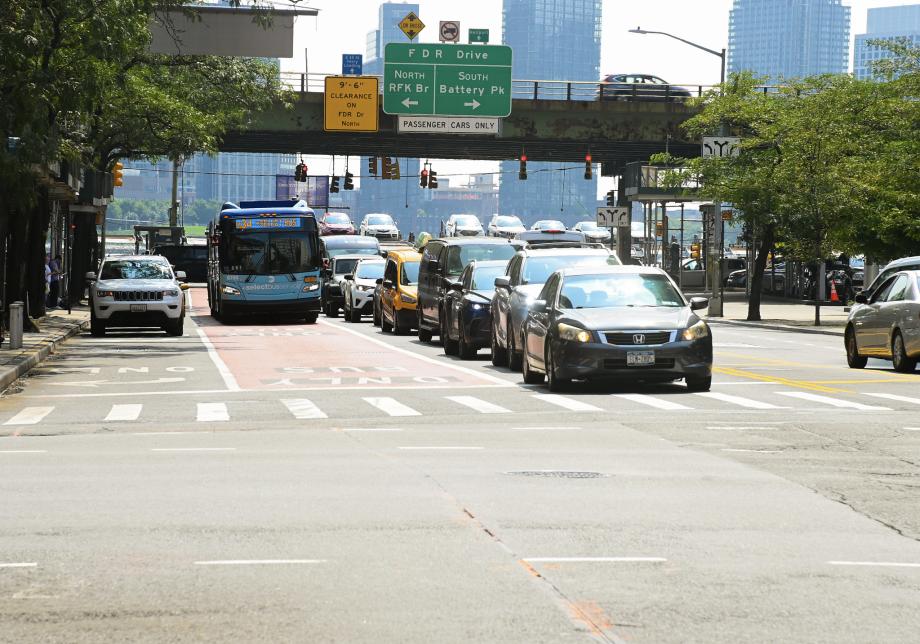
How the Camera System Works
The Automated Camera Enforcement (ACE) program uses cameras mounted on buses to record violations. When a camera captures an infraction, it automatically collects video, images, license plate information, location details, and timestamps. This evidence package gets transmitted to the NYC Department of Transportation for review by city employees before processing.
Motorists should note that clear “Bus Lane Enforced” signs with camera icons are posted before the start of each enforced corridor. These signs are required by law to give drivers proper notice.
Results After One Year
July marks the one-year anniversary since the program expanded to enforce not just bus lane violations but also vehicles blocking bus stops and illegal double-parking along routes.
The results show measurable improvements:
- Bus speeds increased by 5% on average, with some corridors seeing improvements up to 30%
- Collisions decreased by 20% along camera-enforced routes
- Emissions dropped by an estimated 5-10%
- Bus stops being blocked by vehicles decreased by 40%
- Only 9% of drivers commit more than two violations after receiving their first fine
The program now covers 1,200 buses across 510 miles of routes, benefiting approximately 775,000 daily riders.
Warning Period Before Enforcement
The MTA typically provides a warning period before issuing actual fines. For example, on the Bx5 route, warnings without penalties were issued for 60 days prior to enforcement.
What Happens If You Get a Ticket
The NYC Department of Finance handles all summonses. Drivers who receive a violation can:
- View and pay tickets online at nyc.gov/finance under “Bus-Lane Camera Violations”
- Contest the ticket within 30 days, citing issues like unclear signage or emergency stops
Route-Specific Benefits
The expansion particularly helps riders on these specific routes:
- M100: Serves approximately 13,800 weekday riders
- M42: Carries about 9,400 weekday riders
- Bx5: Provides service to roughly 10,500 weekday riders
Accessibility Improvements
One often overlooked benefit of the enforcement program is improved accessibility. When bus stops remain clear, it creates unobstructed access for wheelchair lifts and safer boarding for seniors and passengers with disabilities.
Revenue collected from on-bus violations is deposited in the NYC Transportation Assistance Fund, while stationary-camera revenue is remitted to the Department of Finance; the MTA may draw on the fund for transit operations.
For more information about the Automated Camera Enforcement program, riders and motorists can visit mta.info/ace.
